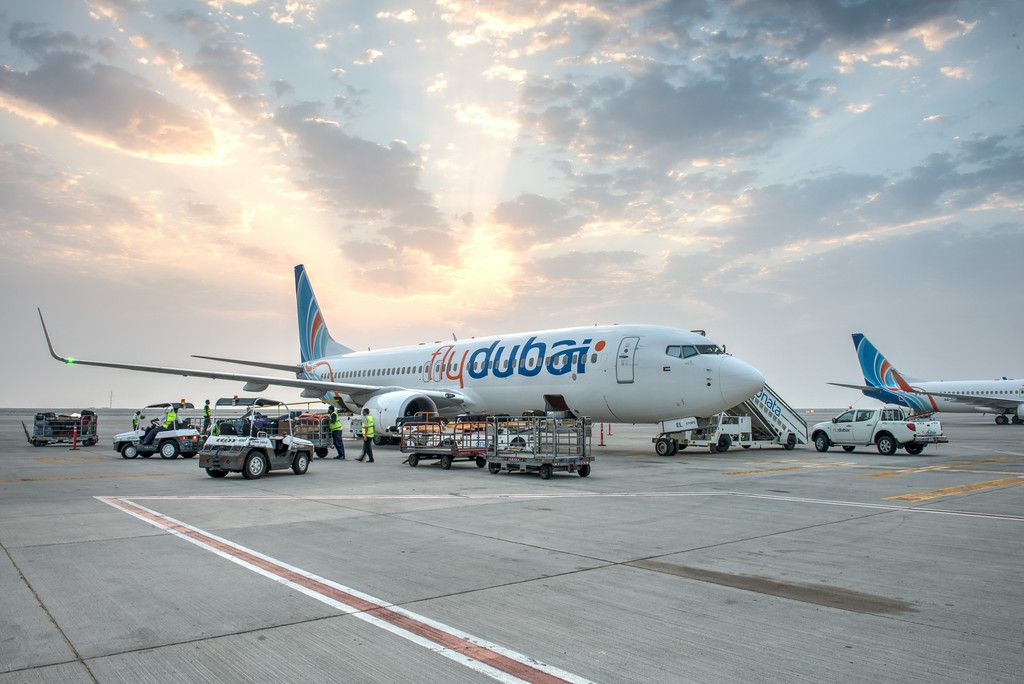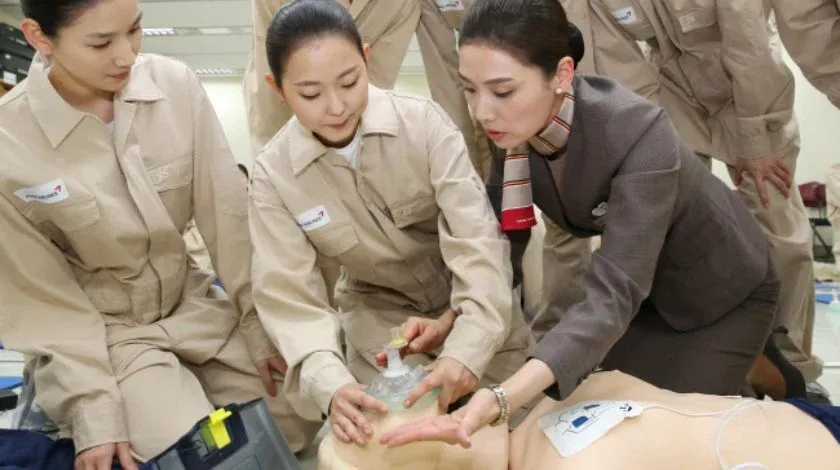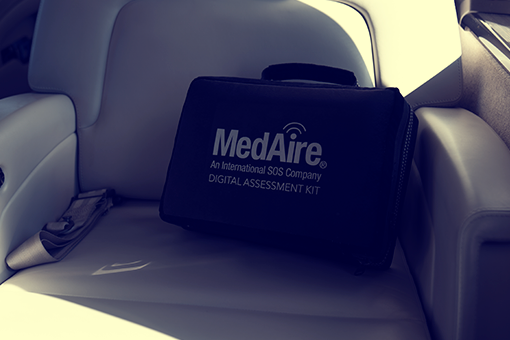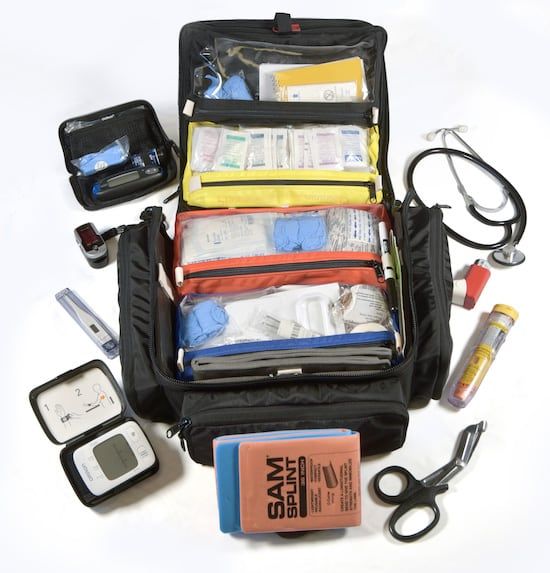All cabin crew are trained in advanced first aid and aviation medicine and must complete yearly exams to show proficiency. Prior to flights, cabin crew attend a briefing in which they must answer questions not only on safety and emergency procedures but also on medical emergencies, to show that their knowledge is up-to-date and prepare for any coming eventuality.
Training points
The crew must know what medical equipment is onboard and its location in the event of a passenger or crew member becoming injured or unwell. Cabin crew are trained in CPR (cardiopulmonary resuscitation) and know how to use a defibrillator. They also study the physiological effects of flying, use of oxygen and travel health. Such conditions as choking, asthma, diabetes, stroke and seizures are covered as well as childbirth, fractures, wounds and heart disorders and much more.
Challenges
It is unlikely there will be a qualified and medically trained professional onboard the aircraft immediately, therefore the cabin crew are responsible for caring for the ill or injured. Also, the confined space and unusual environment of the aircraft cabin has its own challenges and first aid training is modified to adapt - for example the way/position CPR is administered.
It is important to remain calm and professional as well as being discreet and not to cause any disruption inside the cabin. Cabin crew are there to build trust and reassure the injured or unwell person. The aim is to preserve life, prevent the condition worsening and promote recovery. The situation must be assessed quickly and safely, the condition of the person identified and the appropriate treatment given. Then, only can a medical professional assist, if available.
Procedures and roles
The first crew on the scene, will become the assessor. The first step is to SAMPLE, this can be the casualty or a passenger traveling with them may help with the assessment. It is a good idea to also check if the passenger is wearing any form of medical identity bracelet or tag. Sometimes, those with chronic conditions such as diabetes or asthma may have medical identity, in case of a health emergency. This could also include information about allergies and medication.
S - Symptoms - does the person have or did have any symptoms?
A - Allergies - do they have any allergies?
M - Medication - are they taking any medication?
P - Previous history - do they have any medical conditions?
L - Last meal - what and when did they last eat?
E - Events - were there any events leading up to the illness/injury?
The second crew member will be the communicator and ask another crew (third crew member) to collect the first aid kits, resuscitation kit, oxygen and defibrillator. The communicator explains the situation to the senior crew member. The senior will then inform the flight crew and use the passenger announcement system to ask if there are any qualified medically trained professionals onboard. The flight crew can arrange for an ambulance and medical staff to meet the aircraft as necessary.
Some aircraft have a facility called 'MedLink' whereby the flight crew can establish direct contact with a medical professional on the ground at a specialized contact center to gain advice. A decision can be then made as to whether the incident is life-threatening and the aircraft will divert to the nearest airport with medical assistance available. This could be unconsciousness, possible heart attack, uncontrolled bleeding, major injury and shock, sever pain or anything that may be a cause for concern.
During this time the assessor will be monitoring the persons condition, a diagnosis made and will commence CPR if needed. The communicator will be keeping the senior crew and flight crew informed. The collector will be assisting the assessor in case of CPR.
Communication between each crew member and the senior crew and flight crew, is absolutely vital during a medical emergency, in order to provide the best possible care in a potentially life-threatening scenario. Strong teamwork is essential for all crew to complete their role as assessor, communicator and collector and work effectively to their best ability to keep the person safe and well. Of course, this procedure is well practiced during training.
DRSABCD procedure to establish consciousness
This is the most important thing to learn as you may have to save a person's life:
D - Danger - check for hazards that might be an issue
R - Response - check the casualty for any response (if they are conscious or not)
S - Send for help - communicate the situation to another crew
A - Airway - check airway is open
B - Breathing - monitor the breath and check pulse
C - CPR - commence CPR if necessary
D - Defibrillation - commence defibrillation if necessary
In the case of CPR, there will likely be a medical diversion and CPR will be performed by the crew until the person is conscious and breathing or the aircraft is on the ground and medical assistance will be ready at the aircraft.
First aid kits
Of course not all medical emergencies are life-threatening. There are first aid kits on most aircraft that can deal with anything from a headache, air sickness or a small burn or wound. An emergency medical kit will carry items for suspected heart attack, angina, asthma, severe allergies, severe pain, panic attacks and even an upset stomach.
An incident report will also be made by the senior crew member and cabin crew (assessor) to not only record what happened onboard but also to cover in case of any questions on behalf of the airline, the passenger or from any insurance or medical claim. This can also be useful in improving the cabin crew first aid/aviation medicine training.
But, it is good to know that if you are ever unwell, injured or get unexpectedly sick on an aircraft, the cabin crew are there to help, there is some medical equipment onboard and procedures in place, so you are in safe hands.
*Please note that this is generic and not all aircraft have the same equipment, different airlines have different procedures and their crew may receive slightly different training.




